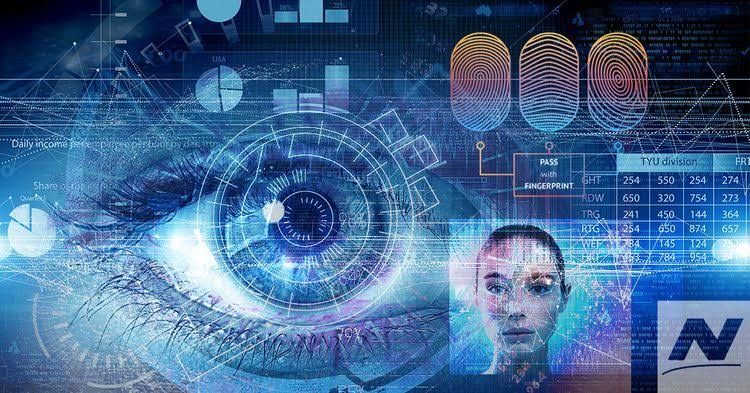Fast Track to the Future: Redefining Airport Experience with Digital Tokens, Biometrics and Automation
Airports and their notorious queues, a long-standing grievance for many travelers, are set to undergo a technological transformation. The global pandemic has been the unexpected catalyst for this change, reshaping the travel industry and expediting the adoption of digital technology in ways that promise to streamline passenger experiences and reduce

Airports and their notorious queues, a long-standing grievance for many travelers, are set to undergo a technological transformation. The global pandemic has been the unexpected catalyst for this change, reshaping the travel industry and expediting the adoption of digital technology in ways that promise to streamline passenger experiences and reduce those dreaded waiting times.
The surge in air travel post-pandemic has brought back the hustle and bustle at the airports, but also the long queues, primarily due to staff shortages, flight cancellations, and vaccine passport checks. At the end of 2021, warnings were issued about eight-hour wait times. However, technology is now being harnessed to counteract these challenges and make airport transit smoother and more efficient.
American Airlines introduced its Mobile ID product in June 2022, allowing passengers to navigate through airports using facial authentication at various automated checkpoints. Here’s how it works:
- The passenger downloads the Airside Digital Identity app.
- She captures a selfie.
- She scans her driver’s license or passport with the app.
- The app verifies the authenticity of the user and matches the identity information to the face.
- A unique American Airlines Mobile ID is generated and stored on the phone, linked to the customer’s face.
- During security checks, the passenger presents the QR code on the phone and verifies her identity by looking into a camera at various checkpoints.
This system was initially launched at Dallas Fort Worth International Airport (DFW), with plans for expansion. Similar systems are being trialed globally.
The technology behind the Mobile ID relies on four main components:
- Biometric self-authentication: This is the key form of authentication, with facial recognition being an easy-to-understand, user-friendly process. New liveness detection processes ensure the face is real and matches the document provided.
- Online ID verification: This employs machine learning algorithms to read paper documents and compare them against a remote database for accurate authentication.
- Mobile wallet: The mobile wallet provides a secure and standards-based environment for storing encrypted credentials within a phone, making it a convenient place for travelers to store their verified IDs.
- Digital token: Upon registration, the passenger is issued a unique, temporary ID token. This token is securely stored in the phone and is deleted after the flight for enhanced data privacy.
With the adoption of this technology, airports can implement biometric solutions at every bottleneck: check-in, baggage drop, security, and boarding. These measures can reportedly reduce processing times by 70% and boarding times by 30%, significantly transforming the passenger experience.
In addition to reducing wait times, self-service systems ease the pressure on airport staff and give passengers a sense of autonomy, reducing stress. It also frees up travelers to spend more time at food, drink, and retail outlets, which generate a significant portion of airport revenues.
The technological advancements in biometrics, mobile wallets, and digital tokens are revamping the airport experience for travelers. The future of air travel will no longer require tedious queues; passengers simply have to show their faces.
The steps for creating, storing, and using a digital ID are as follows:
- The traveler uses an app to generate a unique Digital Travel Credential, stored in the phone’s digital wallet.
- At check-in, the traveler shares her biometrics with the airport and airline.
- Her digital credential is combined with her check-in info to create a single ID token.
- At the end of the journey, the single ID token, including all personal data, is deleted from the airport system.
- However, the traveler’s digital credential remains safely stored in the digital wallet, ready




